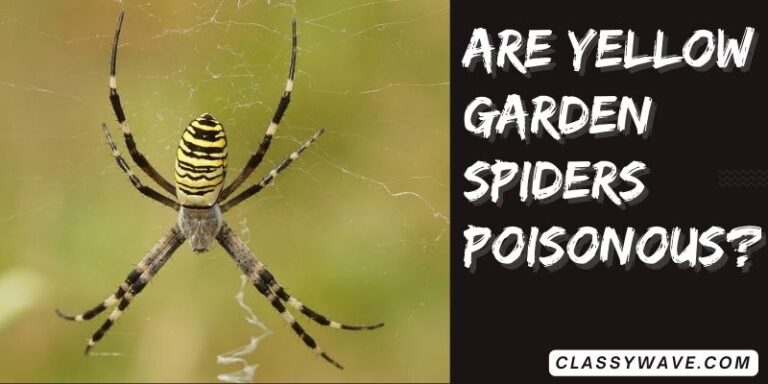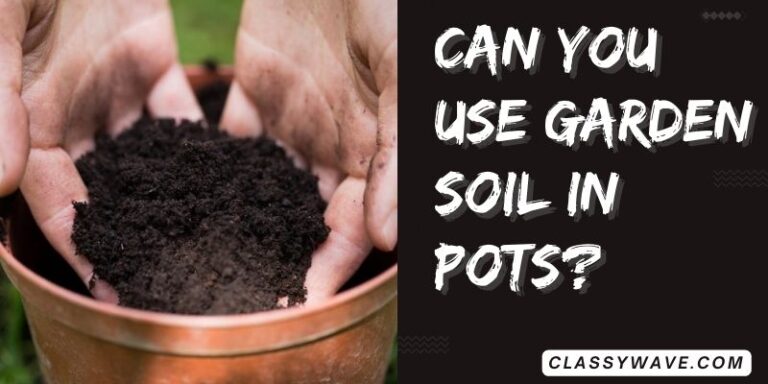What to do if a snake chases you? Essential Safety Tips
Navigating encounters with snakes requires a balanced approach of understanding, preparedness, and preventive measures. From deciphering snake behavior to implementing snake-proofing at home and leveraging technology for identification, explore a comprehensive guide offering insights into responsible coexistence and ensuring safety in snake-prone environments.
Understanding Snake Behavior
Knowledge of snake behavior is crucial for personal safety. Sometimes, snakes may seem aggressive, but it’s often defensive behavior. Understanding their motives can help individuals respond appropriately, reducing the risk of harm.
Identifying Venomous Snakes
Being able to identify venomous snakes is essential in snake-prone areas. Learn to distinguish venomous species from non-venomous ones, allowing for informed decisions about the level of danger and appropriate precautions.
Safe Snake Encounters
Navigate snake territory safely by following established guidelines. Know the dos and don’ts to minimize the risk of snake encounters, ensuring a harmonious coexistence between humans and snakes.
Effective Strategies for Avoiding Snake Confrontations
Proactively employ strategies to avoid snake confrontations. Stay on designated paths, wear appropriate footwear, and be mindful of your surroundings to reduce the likelihood of unexpected encounters with snakes.
Reacting to a Snake Chase
If faced with a snake chase, remain calm and take deliberate steps for personal safety. Avoid sudden movements, back away slowly, and maintain a safe distance to minimize the risk of provoking the snake.
Seeking Immediate Help
In the event of a snake bite, seeking immediate medical help is crucial. Understand emergency procedures, including immobilizing the affected limb, keeping calm, and contacting emergency services promptly for professional medical intervention.
Snake Repellents and Deterrents
Explore the effectiveness of various snake repellents and deterrents. Differentiate between myth and reality, making informed decisions about the practicality and reliability of these products in preventing snake encounters.
Educational Outreach
Engage in educational outreach to dispel common myths about snake behavior. By increasing public understanding, communities can foster a more informed and respectful coexistence with these important and often misunderstood creatures.
Snake Awareness and Preparedness
Outdoor enthusiasts can enhance their snake awareness and preparedness. Learn about local snake species, carry a snakebite kit, and be familiar with basic first aid measures to promote safety in snake-prone environments.
Creating Snake-Friendly Environments
Promote snake conservation while ensuring human safety by creating snake-friendly environments. Implement habitat preservation strategies that consider both ecological needs and safety measures, fostering a balanced coexistence between humans and snakes.
DIY First Aid for Snake Bites
In the event of a snake bite, knowing basic first aid can be crucial. Learn DIY first aid measures, including cleaning the wound, applying pressure to control bleeding, and keeping the victim calm while awaiting professional medical assistance.
Snake-Proofing Your Home
Implementing preventive measures at home is essential for minimizing snake encounters. Seal entry points, maintain a tidy yard, and remove potential hiding spots to create a snake-resistant living environment and ensure household safety.
Snake Identification Apps
Leverage technology to enhance snake awareness. Explore snake identification apps that aid in recognizing local species, providing valuable information to help individuals make informed decisions in snake-prone areas.
Educational Programs
Community education plays a pivotal role in fostering understanding and respect for snakes. Implement educational programs that dispel myths, share safety tips, and promote coexistence, building a knowledgeable and snake-friendly community.
Pet Safety in Snake Country
Protecting pets from snake encounters is essential. Learn tips for pet safety, including leash training, creating snake-resistant outdoor spaces, and recognizing signs of snake bites to ensure the well-being of furry companions in snake-prone areas.
Conclusion
In conclusion, embracing a well-informed and proactive approach to snake encounters is paramount for personal and community safety. By combining knowledge of snake behavior, preventive measures, and education initiatives, individuals can foster coexistence and reduce the risk of incidents. Whether in urban or wild settings, a harmonious relationship with snakes involves respect, awareness, and the implementation of practical strategies for both human and serpent well-being.
FAQs
Question: How can I identify venomous snakes in my area?
Answer: Utilize local field guides or identification apps, and seek guidance from wildlife experts for accurate recognition.
Question: Are there effective DIY snake repellents for homes?
Answer: No proven DIY repellents exist. Focus on preventive measures like sealing entry points and maintaining a tidy environment.
Question: What immediate actions should I take if bitten by a snake?
Answer: Clean the wound, apply pressure, keep calm, and seek professional medical help promptly for appropriate treatment.
Question: Can snake encounters be reduced through habitat modification?
Answer: Yes, removing potential hiding spots and snake-friendly conditions at home can minimize encounters and enhance safety.
Question: How can I involve my community in snake awareness programs?
Answer: Collaborate with local experts, organize workshops, and use social media to spread information, fostering community awareness and engagement.







